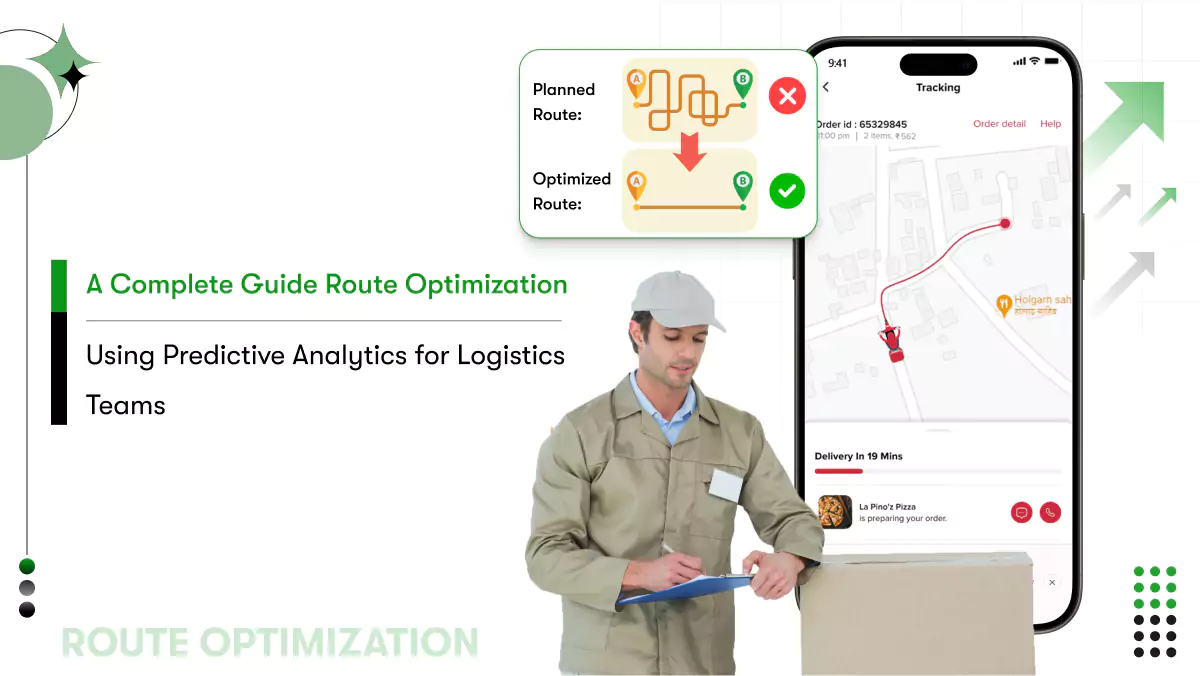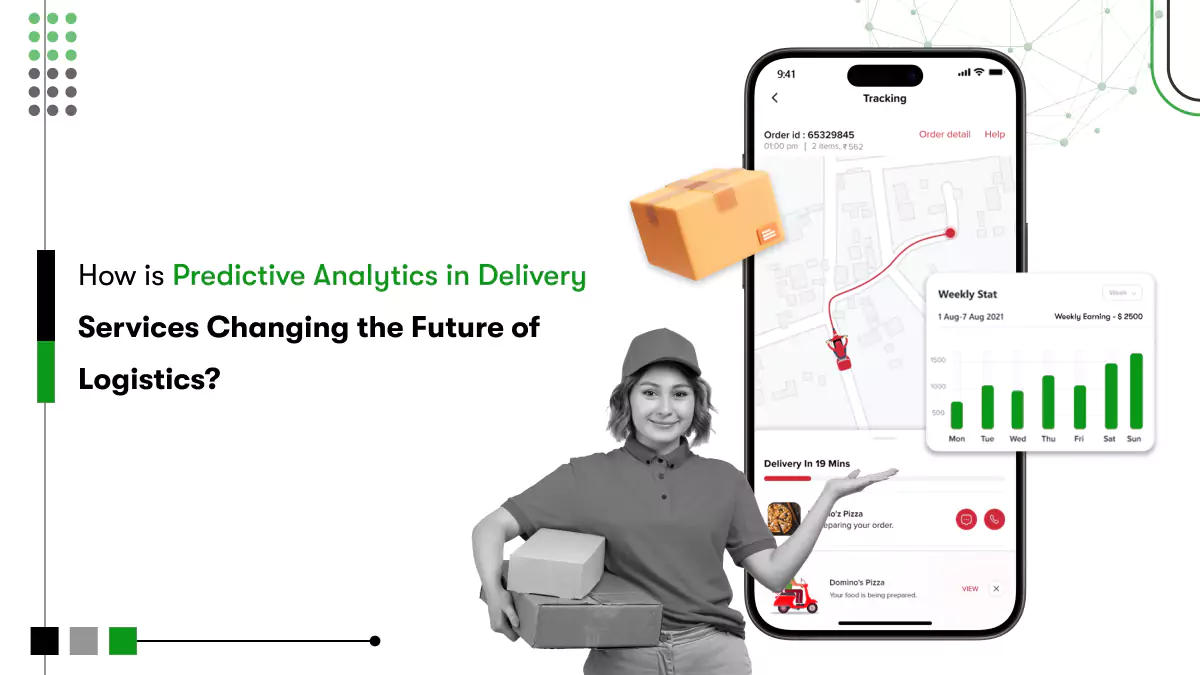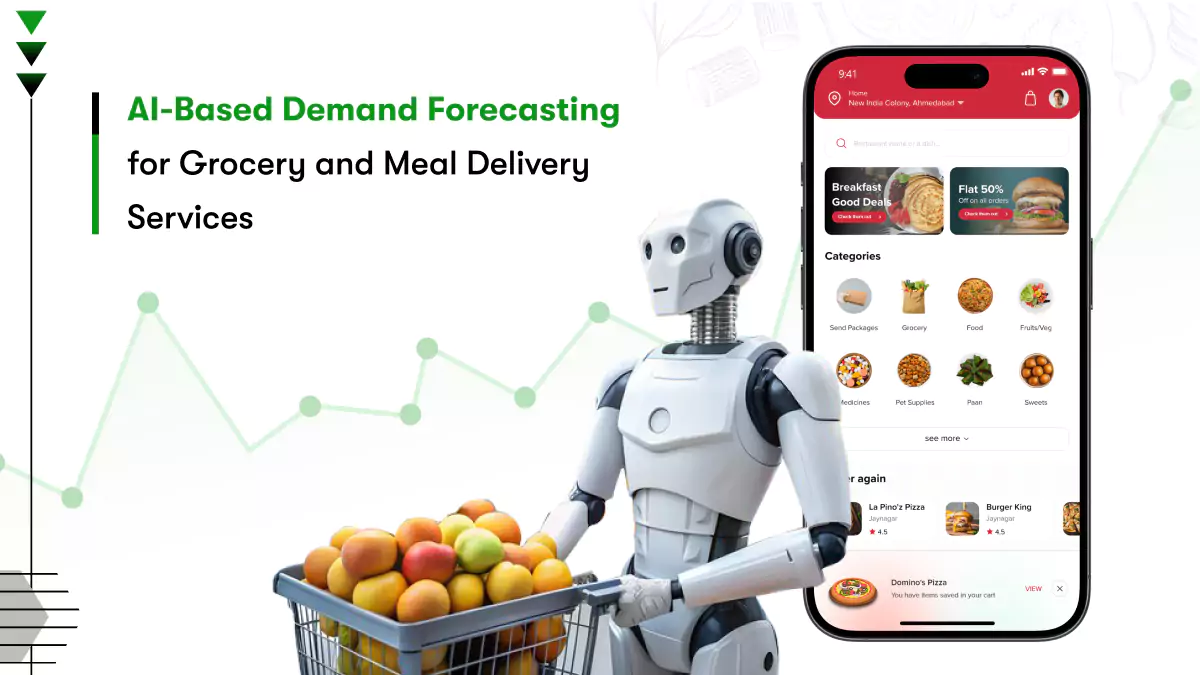Can you name a business that doesn’t want to be available on the internet today? It’s next to impossible, and the reason is pretty simple. People worldwide spend more time on apps installed on their smartphones than anything. And why don’t they?
Mobile apps empower businesses to reach customers in a fraction of seconds. On the flip side, peeps of the tech-driven world love to have everything at their fingertips.
Since mobile app development becomes necessary, confusion about what technology to choose to create lightning-fast apps increases. After all, you have competitors to beat in the market as well. So, to solve such dilemmas, Google came up with a cross-platform app development kit and UI framework, Flutter, in 2018.
Ever since the open-source Flutter SDK has been a record-breaking technology to achieve native performance across multiple platforms using a single codebase. Brands have proven Flutter’s potential by developing apps using Flutter, eBay motors, Hamilton, Google Ads, Philips Hue, Realtor.com, etc.
Consequently, Flutter became a prevailing cross-platform mobile framework in 2021 as 42% of software developers used Flutter –Source.
If you want to develop a Flutter app, you are good to go. But when it’s your first time with Flutter to build apps, doubting why Flutter is rising seems fair.
So, let us clear your doubts about how Flutter became a leader in the cross-platform arena, followed by the Flutter app development process.

How Flutter is leading the race in cross-platform app development?
Flutter has made its way to every industry purely because of its robust constitution with valuable tools and features.
Developer friendly
Flutter has an easy learning curve, whether you have comprehensive development experience or not. Developers with knowledge in Java, Python, C#, or other object-oriented programming languages can start a Flutter project in seconds. Because Flutter uses Dart, which is both structurally and syntactically similar to these languages.
Moreover, developers with less experience can leverage Flutter’s extensive widget library to create applications without much coding. Not to mention, Flutter also has meticulous documentation and numerous example applications in its “cookbook” to guide developers and recommend a Flutter boot camp.
Consistency of business logic and UI
Cross-platform application development is supposed to provide the ability to develop apps for various platforms with one single codebase. However, no framework enables sharing of UI codebase within multiple platforms except Flutter.
Unlike other cross-platform frameworks, Flutter doesn’t call for any platform-specific UI component to render the UI. In Flutter, the app UI is displayed as a drawing on canvas and rendered using the Skia engine. Thus, Flutter enables sharing of business logic as well as UI, solving time and efforts without significant impact on the app performance.
It’s also cost-effective. See how much it costs to hire Flutter developers
Presence of supports, tooling, language
One of the main reasons for Flutter’s popularity is its tech stack and expansive support for external tools. Such as,
- Pub – efficient plugin manager as a default toolchain, equipped with a tremendous library of plugins available in the pub.dev plugin repository.
- Dart language – Flutter is written and uses Dart to build apps which are easy to learn, modern and efficient programming language to work with.
- Plugin creation– Flutter provides developers with the ability to create plugins so they can code a plugin when they need access to a platform feature and a plugin doesn’t exist for the same.
- IDE support – Flutter supports a number of Integrated Development Environments for coding your app, including Android Studio, Visual Studio Code, IntelliJ idea, etc.
Truly cross-platform
Though primarily built to create Android and iOS apps from a single codebase, Flutter has extended its support to Web, Desktop, and Windows, among six other operating systems. Hence, you can use Flutter to create mobile as well as web and desktop apps, keeping up a performance like native app development.
Expedite coding
It’s a solid reason you shall use Flutter over other cross-platform SDKs. The hot reload feature in Flutter allows developers to check the effects of the changes in the code immediately without waiting a sec.
Besides, Ready-to-use widgets are there from Flutter’s wide widget library, which is constantly updating the latest icons and design systems supported by Cupertino and Material Design. Thereby, with all the provisions to create native apps, Flutter ensures a heightened speed of Flutter mobile app development.
Down the line, Flutter has all the qualities to be a leader in the cross-platform space. You can build native-like startups to enterprise-level apps with Flutter in record time.

Steps to build an app with Flutter
Assuming now you are very much convinced with Google’s brainchild, let us move on to how to develop Flutter apps. Let the Flutter app development process begin.
Step 1: Installation
Select the operating system on which you are installing Flutter from Windows, Linux, macOS, or ChromeOS.
Set up your development environment as per the editor you choose to use to develop your Flutter app and install Flutter. Flutter offers a plugin and support for various editors, for example:
Step 2: Install required plugins
Once you have set up your IDE, you can install the required plugins for your Flutter app development.
Open your IDE and go to the Plugins pane in the setting and select the Marketplace tab. Now search Flutter and click Install. If you see the Dart option as well, install it. Otherwise, you have to install it manually.
Step 3: Build your application
Now click “Create a new Flutter project” in your IDE and choose the “Flutter application” as an app type.
Now name your project, for example, hello_world. It also asks you to provide a specific path to the Flutter SDK.
Enter your package or domain name. Now click “Finish,” and your IDE, assuming Android Studio, will create the new project.
Step 4: Code your app
You will need to edit where Dart code lives to code your app, i.e., lib/main. Dart. So, replace the contents of lib/main. Dart.
Delete all of the code from lib/main. Dart. Follow the guide to building Flutter apps to find a sample code for “Hello World.”
And run this app with sample code using the appropriate options in Android Studio.
Step 5: Code to add functionality
Now you have to make progress beyond a sample Flutter app by adding unique functionality to your project, such as:
- Database services to store and manage data;
- Creating RESTful APIs;
- Design UI and implement security measures;
Hence, make sure you follow best practices to build performant and scalable apps.
Conclusion
It may seem easy to start your project, but it gets really tricky when it comes to code features and functionality. That’s why you must have prior experience in web and mobile app development. If you don’t have any expertise in app development, it is 100 times better to hire professionals to develop your Flutter app.
If you are looking for proficient Flutter developers for hire, we can surely help you. We not only ensure high-performing native-like Flutter apps but also back you with the latest technology trends in Flutter.
Though it is your call to make, we are always available to clear your doubts about Flutter app development.











 Contact Information
Contact Information